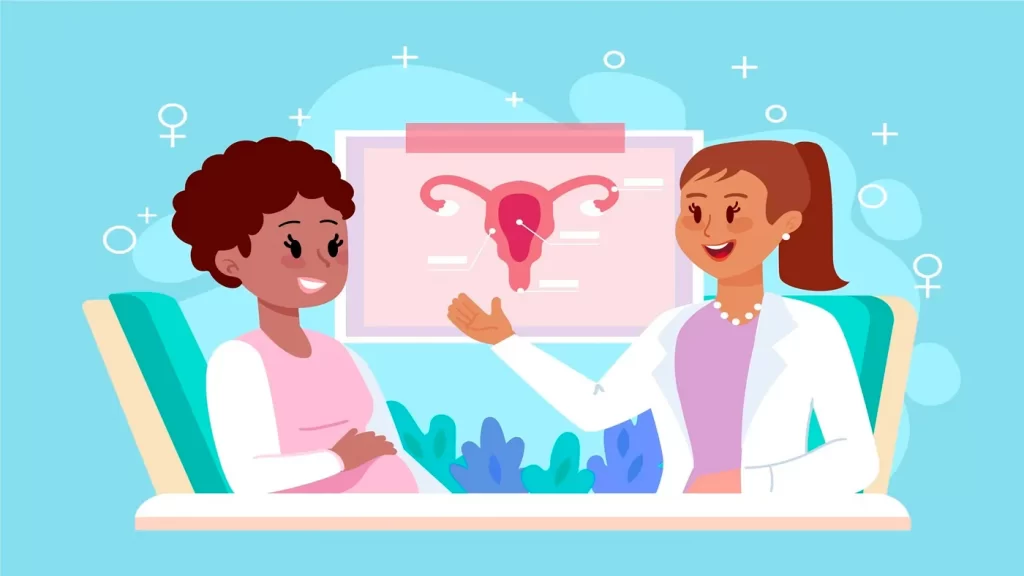
The journey towards parenthood is profoundly personal and significant for many couples. While various fertility treatments are available, frozen embryo transfer (FET) has emerged as a promising option for individuals and couples striving to build their families. It sheds light on its intricacies, benefits, and common questions that often arise.
What is Frozen Embryo Transfer (FET)?
Frozen Embryo Transfer is a crucial step in the in-vitro fertilization (IVF) process. Multiple embryos are typically created through fertilization in a laboratory setting during IVF. Some of these embryos are then cryopreserved or frozen for future use. FET involves thawing and transferring these frozen embryos into the female partner’s uterus to achieve a successful pregnancy.
The FET Process: Step by Step
- Ovarian Stimulation and Egg Retrieval:The FET process begins with ovarian stimulation, where the female partner is given medication to encourage the development of multiple eggs. Once the eggs reach maturity, they are retrieved through a minor surgical procedure called OPU.
- Fertilization:The retrieved eggs are then fertilized with sperm in the laboratory. This can be done using conventional IVF or intracytoplasmic sperm injection (ICSI), depending on the couple’s specific needs.
- Embryo Culture and Selection:The resulting embryos are cultured and monitored for several days. The healthiest & most feasible embryos are selected for transfer.
- Cryopreservation:The surplus embryos can be cryopreserved for future use if more embryos are produced than needed for the current IVF cycle. This step is particularly advantageous, allowing couples to attempt pregnancy again without undergoing IVF.
- Thawing and Transfer:When the time is right for a FET cycle, the selected frozen embryos are thawed. The transfer timing is carefully coordinated with the recipient’s menstrual cycle to maximize the chances of success. The embryos are then gently transferred into the uterus using a thin catheter.
- Luteal Support:After the transfer, luteal support is provided through hormone medications to create a conducive environment for embryo implantation.
Benefits of Frozen Embryo Transfer:
- Increased Flexibility:FET allows couples to pursue pregnancy at the most suitable time, offering greater control and flexibility over their fertility journey.
- Improved Pregnancy Rates:Some studies suggest that FET may result in higher pregnancy rates than fresh embryo transfers, as it allows for better synchronization between the embryo and the uterine lining.
- Cost-Efficiency:Couples can save on the cost of subsequent treatment cycles by cryopreserving surplus embryos during an initial IVF cycle.
FAQs About Frozen Embryo Transfer:
- Is FET as successful as fresh embryo transfer?
- FET success rates can be as high as or even higher than fresh embryo transfer. It allows for optimal timing, reduces the risk of ovarian hyperstimulation syndrome (OHSS), and allows the uterine lining to recover from any effects of ovarian stimulation.
- How are frozen embryos stored and thawed?
- Frozen embryos are carefully stored in cryopreservation tanks, typically in liquid nitrogen. When it’s time for transfer, they are gently thawed in a controlled environment before being placed into the uterus.
- Are there any side effects or risks related to FET?
- FET is generally considered safe, with minimal risks. However, there may be mild side effects related to hormonal medications, such as bloating or mood swings. It’s important to discuss any concerns with your healthcare provider.
Understanding the frozen embryo transfer process is crucial for individuals and couples embarking on their fertility journey. FET offers a promising pathway to parenthood, providing flexibility, improved success rates, and the opportunity to create a family when the time is right. If you have further questions or are considering FET, consult a fertility specialist at ovum fertility who can guide you through this remarkable journey towards parenthood.